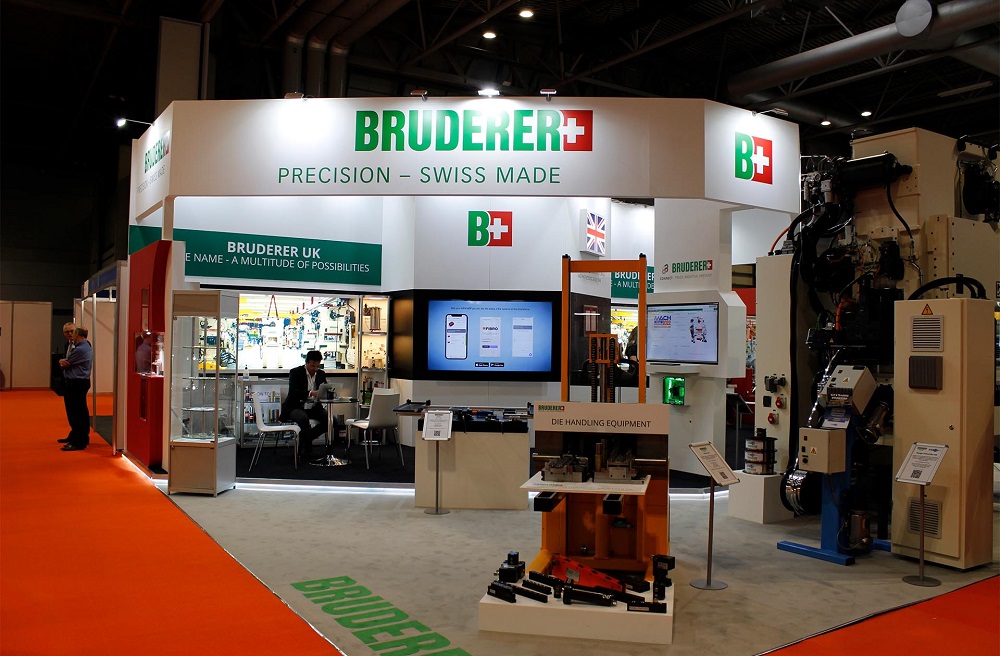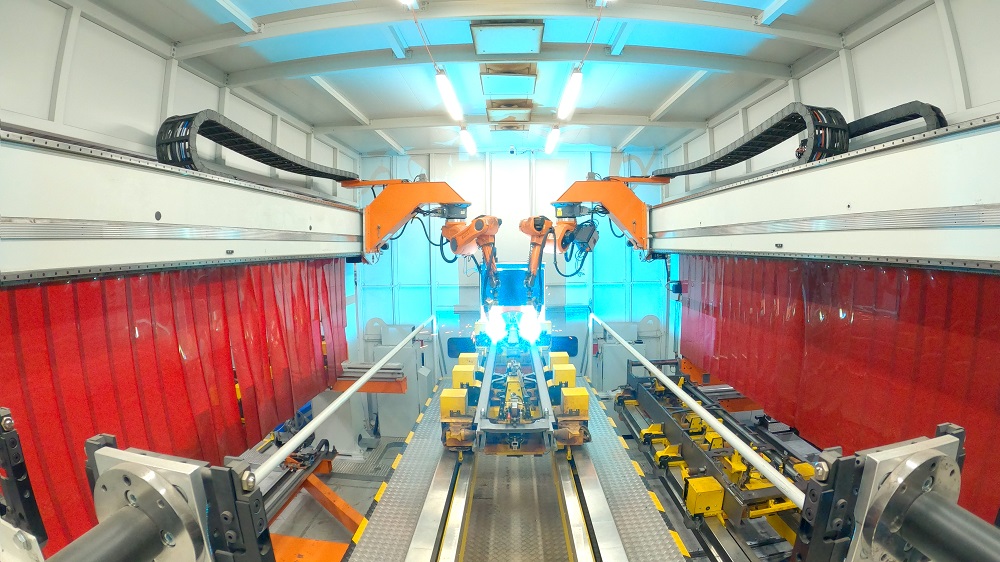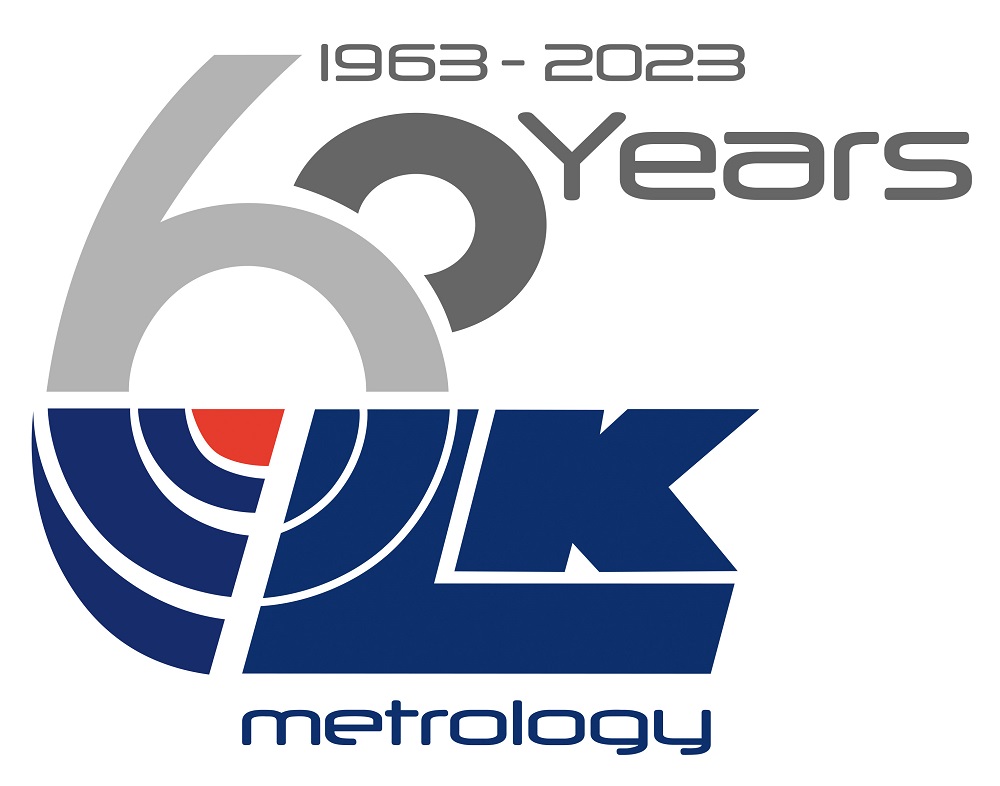Kuka’s new ‘Edition’ robots will help customers automate welding tasks efficiently in price-sensitive markets. Initially, the KR CyberTech nano ARC will initially be available in two Edition variants, with other Kuka robots to follow.
No one would drive a Formula Onecar on a highway, so why use a highly specialised process robot for very simple applications? The new hollow-wrist KR CyberTechnano ARC HW Edition robot is for simple arc welding. Edition robots draw on Kuka’s current technology portfolio, including the newly updated KR CyberTech nano series, the latest-generation KR C5 controller and appropriate welding software, such as Kuka.ArcTech Basic.
“Instead of downsizing, we are opting for ‘right-sizing,’” explains Markus Hollfelder-Asam, portfolio manager at Kuka. “The Edition robot variant offers simplified, focused, reliable technology that remains a genuine Kuka original.”
For customers in highly dynamic and price-sensitive markets, the adapted design of the Edition robot significantly lowers procurement costs, reports Kuka.
The KR CyberTech nano ARC HW Edition robot is for payloads up to 6 kg and is suitable for installation on the floor or ceiling. To match varying requirements in the entry-level segment, Kuka offers two versions of the Edition robotwith reach up to 1440 mm or 2010 mm. The standard version uses a 50 mm hollow wrist with bearings on one side, whereas the Edition robot features a hollow wrist with bearings on both sides, a diameter of 46 mm and 0.04 mm repeatability.
“This is exactly right for entry-level applications in the field of arc welding,” Hollfelder-Asam confirms. “We were determined to deliver typical high Kuka quality. This means the hollow wrist supports optimal positioning for the welding process and avoids additional disruptive contours.”
For further information www.kuka.com



















